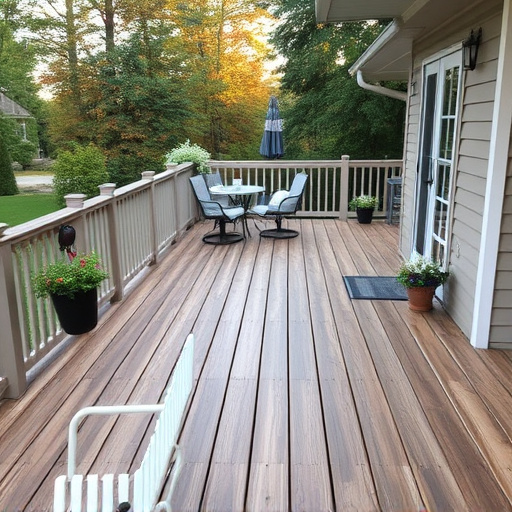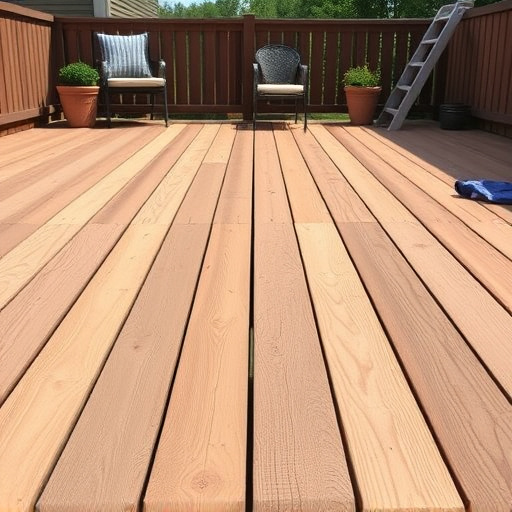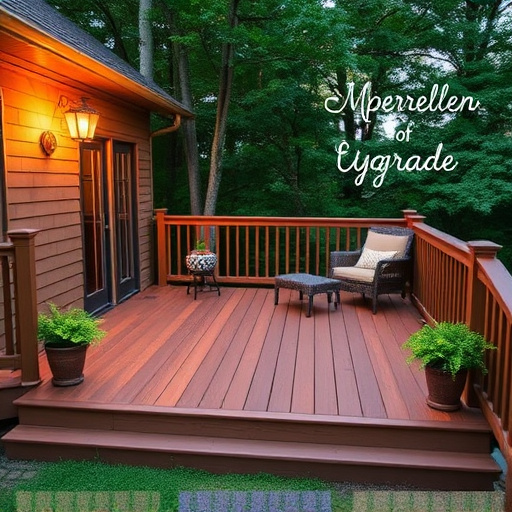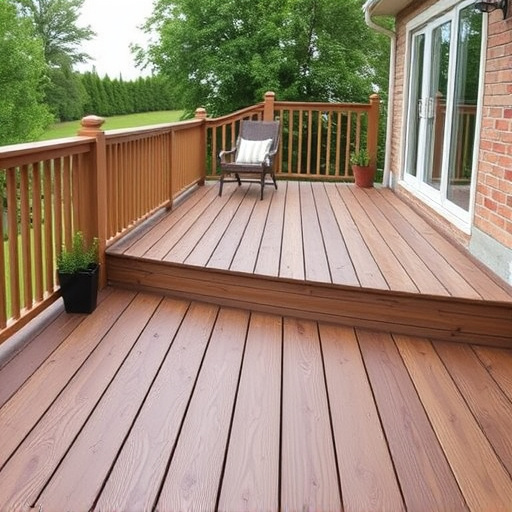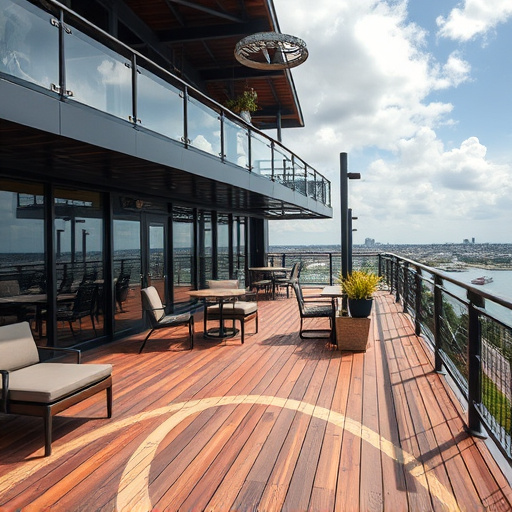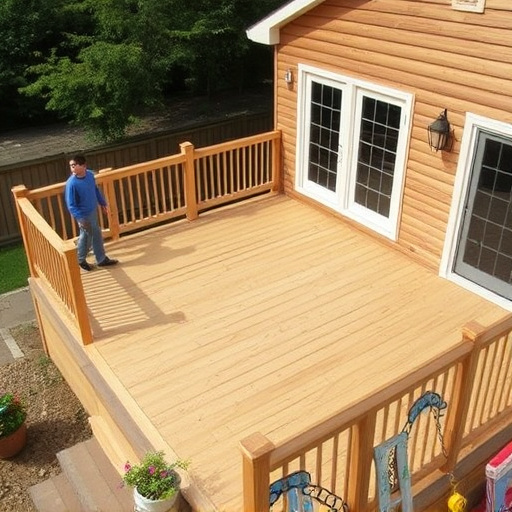Before starting deck planning, assess your outdoor space's dimensions, layout, and structures. Determine intended uses like entertainment or relaxation to guide seating capacity and shade options. Explore durable, low-maintenance designs with aesthetic appeal for roofing and siding, aligning with your home's style. Evaluate space usage, weather patterns, and structural needs for a functional, safe, and visually appealing deck that enhances your property's exterior.
Planning a new deck is an exciting project that can transform your outdoor space. This comprehensive guide walks you through every step of successful deck planning, from understanding your needs and available space to designing the perfect layout and ensuring a smooth construction process. By covering everything from assessing functionality and choosing materials to execution and maintenance, this article empowers you to create a stunning deck tailored to your lifestyle. Discover expert tips and insights for crafting your dream outdoor oasis.
- Understanding Your Space and Needs
- – Assessing the Deck's Purpose and Functionality
- – Evaluating Available Space and Environmental Factors
Understanding Your Space and Needs

Before diving into deck planning, it’s crucial to understand your space and needs. The first step is to assess your outdoor area – its dimensions, layout, and surrounding structures. Consider how much usable space you want for seating, dining, or relaxation, and factor in the placement of any existing features like trees, fences, or landscaping. This understanding will guide your design choices, ensuring that your new deck complements your home’s exterior and meets your specific requirements.
Next, evaluate what you intend to use the deck for – entertainment, quiet contemplation, or a multi-purpose space. This will determine essential elements like seating capacity, shade options (like a canopy or pergola), and perhaps even additional features such as a built-in grill or fire pit. With your space and intended uses in mind, you can begin to explore different deck designs and materials, keeping in mind the long-term benefits of durability, low maintenance, and aesthetic appeal, especially when considering options for roofing and siding – whether it’s traditional wooden shakes, sleek metal panels, or modern composite materials – that align with your home exterior services needs.
– Assessing the Deck's Purpose and Functionality

Before diving into the construction or renovation process, it’s crucial to assess the purpose and functionality of your deck. This step in deck planning is fundamental as it determines how you design, build, and use your outdoor space. Consider the primary function you want your deck to serve – whether it’s a relaxing retreat, an entertainment hub for gatherings, or an extension of your living area. Think about who will be using the deck most often and what activities they’ll engage in. This evaluation guides choices related to size, shape, materials, and amenities, ensuring your investment aligns with your lifestyle and needs.
For instance, if you envision hosting gatherings with friends and family, a larger, open-concept design with ample seating areas might be ideal. On the other hand, a quiet morning coffee on a smaller, private deck could be more suitable for those seeking a serene escape. Incorporating elements like shade structures or outdoor kitchens enhances functionality, making your deck a versatile space that offers both relaxation and entertainment opportunities. This strategic approach ensures that your residential siding and home exterior services not only look stunning but also serve as a central point for creating lasting memories with your loved ones through various seasons and activities, delivered by reliable home service solutions.
– Evaluating Available Space and Environmental Factors

Before starting your deck planning, evaluating the available space and environmental factors is a crucial step. Consider the size of your property and how much area you want to dedicate to the deck. Look at surrounding structures, trees, and other elements that might restrict or enhance your design possibilities. Additionally, assess weather patterns in your region; if heavy snowfall or strong winds are common, ensure your deck is built to withstand these conditions.
Environmental considerations such as sunlight exposure and proximity to water features can also guide your planning. Sunlight is essential for outdoor living, so plan for ample space under the deck where you can relax and entertain even during shaded hours. If your home features a roof or siding that requires regular maintenance (like roofing and siding services), ensure your deck design complements these elements, creating a harmonious look that enhances your home’s overall aesthetic. A roof consulting professional can offer valuable insights into integrating structural considerations with the beauty of your outdoor space.
Deck planning is an art that, with careful consideration and strategic steps, can transform your outdoor space into a functional and beautiful haven. By understanding your space, assessing its purpose, and evaluating environmental factors, you set the foundation for a successful deck design. This guide has provided a roadmap to help you navigate the process, ensuring your new deck enhances your lifestyle and becomes a central point of enjoyment for years to come. Now, it’s time to put these insights into action and create an outdoor oasis tailored to your needs.






